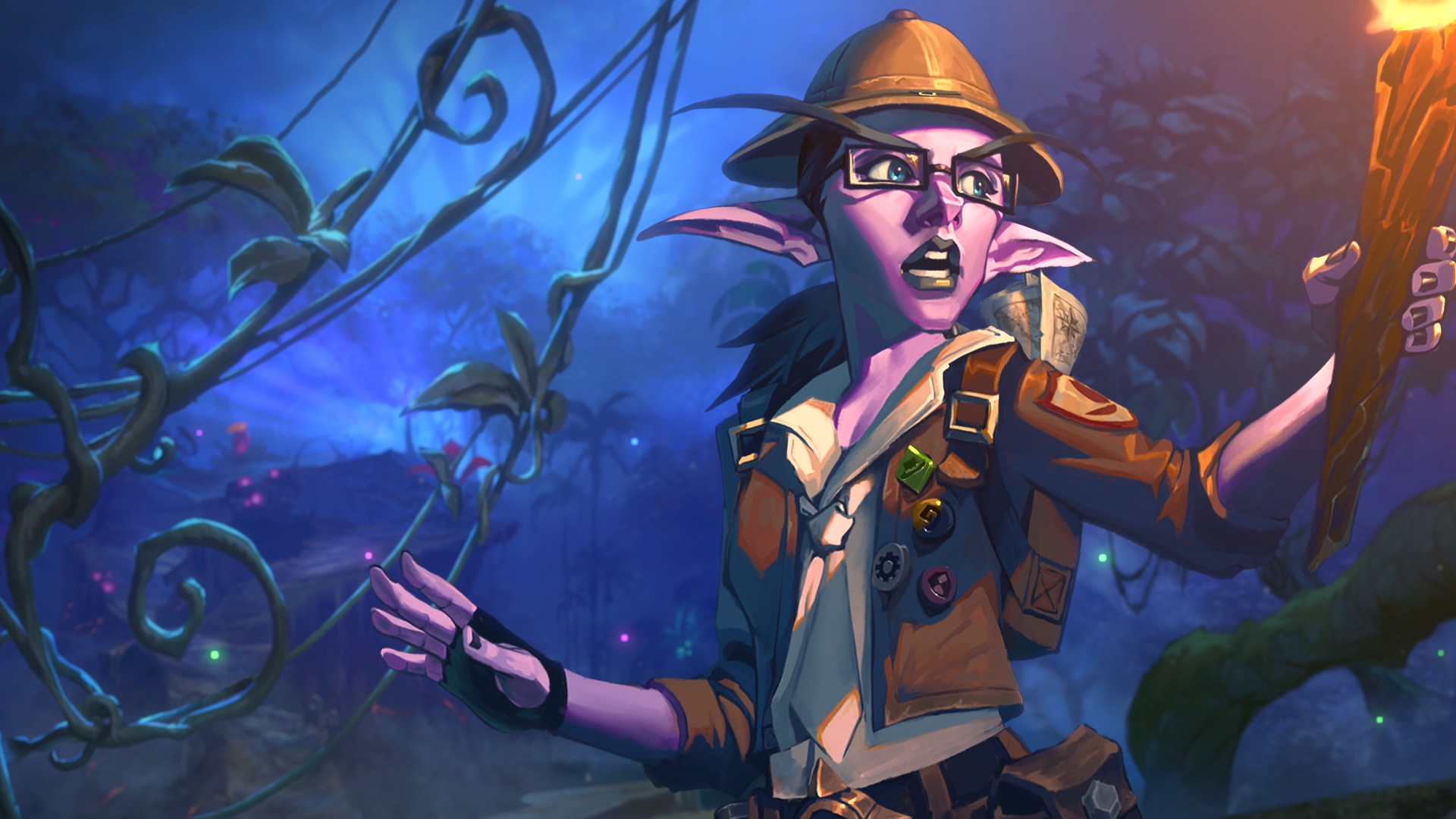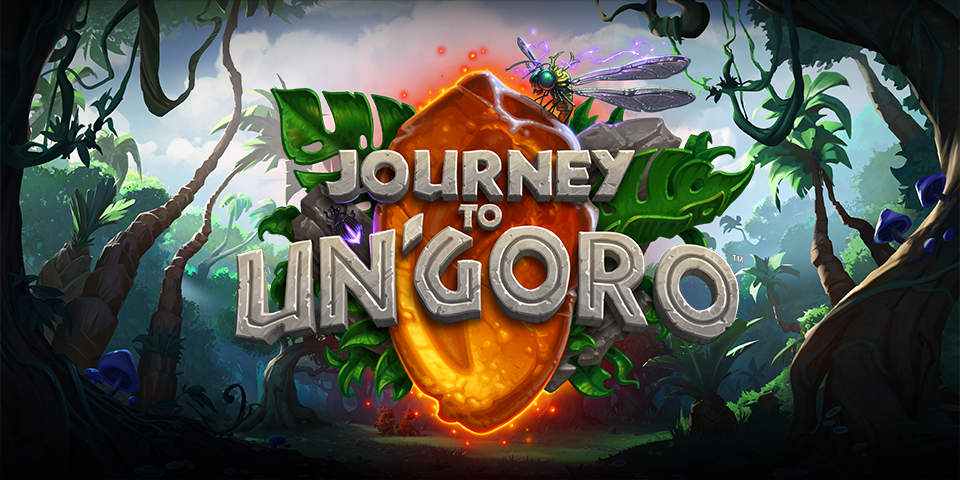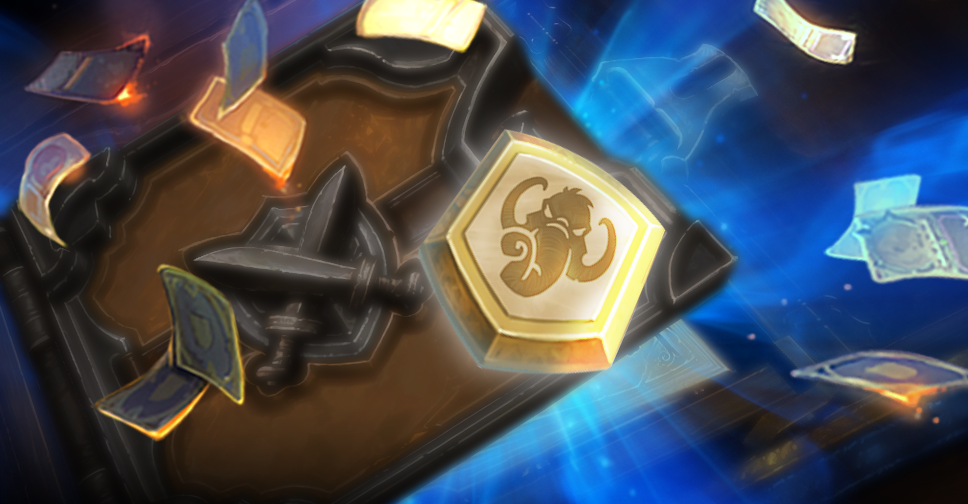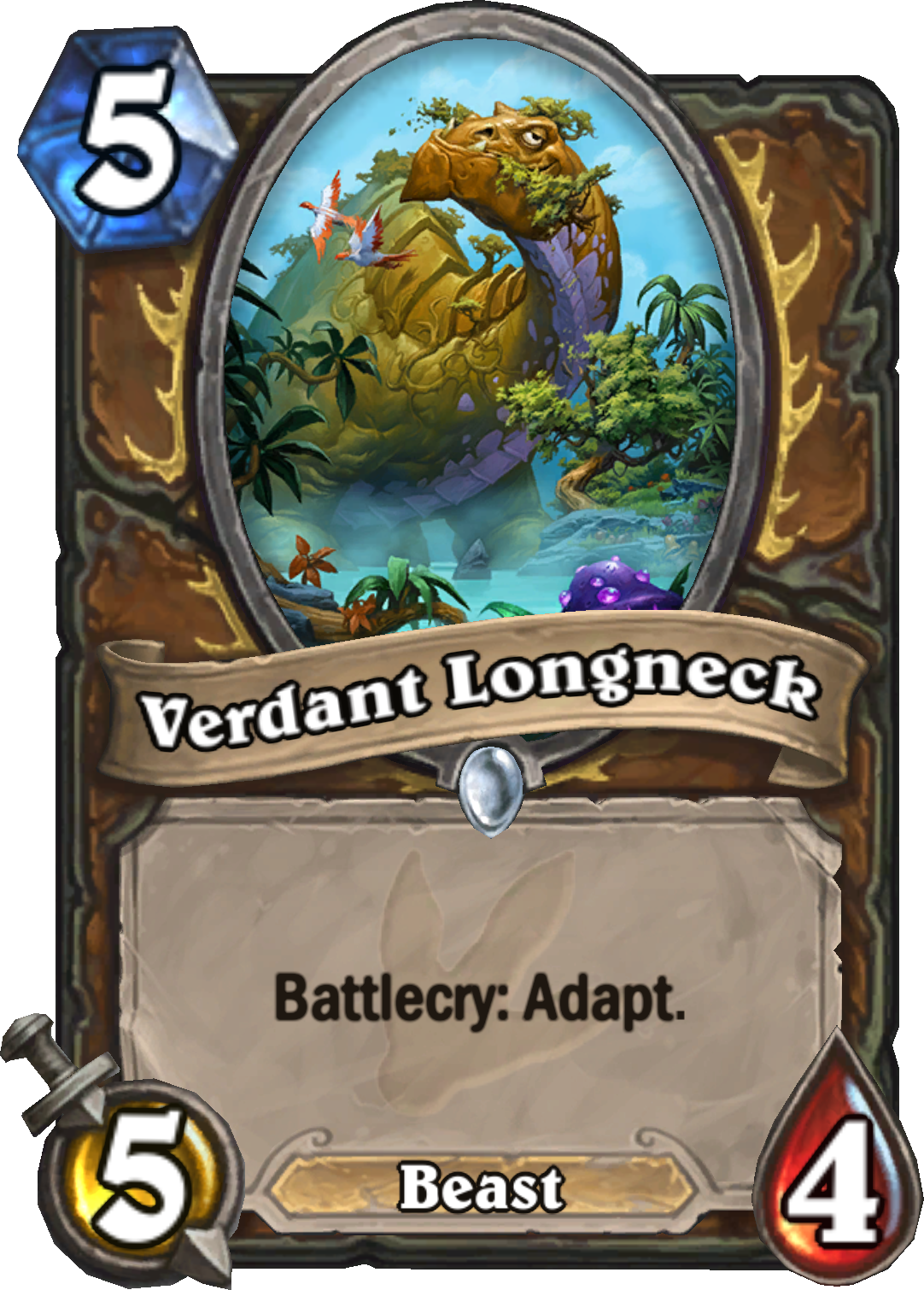Why Journey to Un'Goro will be Hearthstone's most important expansion yet
Whether this set succeeds or fails will have a huge impact on the coming Standard meta.

The arrival of Hearthstone’s next card set, Journey to Un’Goro, comes at a critical point for the game. After three years of adventure add-ons and full-sized expansions, the game has emerged from its infancy and is now firmly into its awkward teenage years. As far as the huge fanbase is concerned, the grace period is over, and every decision made by Team 5 is subjected to the highest level of scrutiny. In my last outing, I considered why the current metagame in particular has been faced with, at times, baffling levels of vitriol from parts of the community. For many of those same reasons, Un’Goro faces a lot of questions.

Need a refresher on recent Hearthstone events? You can read all the details on the recent card nerfs here, and see the new Quest and Adapt mechanics coming in Un'Goro here. We'll also be updating our list of the 25 best legendary cards to craft shortly after the new set drops.
The recent nerfs to Small-Time Buccaneer and Spirit Claws were indisputably necessary, but have left the game in a weird state where the power level has dropped off significantly. Pirate Warrior, Aggro Shaman, and Midrange Shaman have kept on trucking in slightly weaker forms. The rest of the meta is mostly made up by pre-existing decks like Jade Druid and Dragon Priest that have gleefully gobbled up the increased winrate that was handed to them on a silver platter by the weakened aggro decks, still distracted by the memory of their dear departed neutral Flame Imp with no downside.
This means there’s a gap in the market. An expansion-shaped hole ready to be filled by a new optimal order strategy, or ideally, several, that can shake things up for the better. The risk here is what might happen if the new mechanics destined for Un’Goro fall flat. We’ve seen this before in The Grand Tournament, when Joust and Inspire were quickly knocked off their mounts and left staring up at a meta in which Tempo decks were far too efficient for the new keywords to thrive. If the same occurs with ‘Quest’ and ‘Adapt’ in Un’Goro, we will be left with another expansion cycle that goes stagnant almost as soon as it’s out the door, leaving players craving another change too quickly.
TROGGS NO LONGER RULE
But enough of my patented misery, there are several reasons why that scenario won’t play out this time. Firstly, change is built into the fiber of Un’Goro. Since it ushers in the Year of the Mammoth and the subsequent new Standard rotation, several key cards that are currently truly meta-defining will be going bye-bye for good. Unless you count Wild. Which I don’t.

Firstly, the “did they draw Reno or not” dichotomy will be ended, so hopefully we’ll see a much more engaging back and forth struggle between control decks and their face-inclined counterparts. Secondly, Tunnel Trogg and Totem Golem, the cards that began the seemingly endless period of Shaman dominance, are also on the way out. Combined with Team 5’s recent rumblings that they will be more sparing with universally powerful early-game minions, Shaman may be back in the situation where many of us remember the class—a dominant Midrange deck that struggles to grip the board early. Thirdly, Sir Finley, the most dapper of all the Murlocs, will also be leaving the format and no longer will decks with inappropriate Hero Powers be able to engage in SMOrc cosplay by picking Steady Shot or Life Tap.
Combine the cards rotating out with the fact that several of the most ubiquitous Classic Set cards are moving to the newly-founded Hall of Fame, and massive change to the meta, of the like not seen since the original Standard rotation, is all but guaranteed.

So, can Adapt and Quest fill the gap? And perhaps more importantly, will they be fun, engaging, and skillful mechanics? We of course have extremely limited information to go on so far, but enough at least for me to take a look in the spirit of speculation. Adapt seems to tick most of the boxes. ‘Discover’-based RNG is usually the most forgivable and skill dependant in Hearthstone’s dice rolling repertoire—as long as it’s limited to a small pool. This is where Kazakus and arguably Kabal Courier got it wrong. When the range of potential outcomes is so huge, the counterplay potential is removed from the opponent and the game is all too often reduced to shutting your eyes and hoping they don’t have it.
Keep up to date with the most important stories and the best deals, as picked by the PC Gamer team.
The ten options offered by Adapt means that the player in control can bank on some level of consistency in terms of outcome, while the defending player can plan for a range of possibilities, developing counterplay for the options that will hurt them the most. I couldn’t help but wince ever so slightly though at the delayed reveal of the +3 Health Adaptation which seems an almost universal high roll for any largely minion-based deck.
The biggest danger however, is if the development team choose to remain conservative with the minions involved and the mechanic as a whole fails to stick in the new meta (much as we saw with the Grimy Goons hand buffing shenanigans). Verdant Longneck seems to be found wanting in most situations, but Gentle Megasaur seems to be much more on point, especially when combined with the Finja package—the terrifying suite of Murloc cards that also includes double Bluegill Warrior and Murloc Warleader, which is currently gaining serious traction on ladder.

QUEST ACCEPTED?
Quest is the more difficult mechanic to evaluate, and will perhaps be the most crucial factor when it comes to the expansion’s perceived success. With every class being given a Legendary Quest in Un’Goro, there is at least a glimmer of hope for control aficionados. Since Quests by nature involve slow progression towards the promise of bountiful late-game riches, the cards will be naturally geared towards decks employing late-game strategies. This begs some awkward questions about classes like Hunter, who don’t have the sustaining power to hang around over long matches without reverting to type and bludgeoning their opponent in the face—especially due to the loss of the aforementioned gentleman Murloc.
The revealed Priest Quest offers no counterplay from the opponent.
Most importantly, it’s the design of the Quests themselves that will hold the key to success—not from a power perspective, but from a fun one. The revealed Priest Quest offers no counterplay from the opponent. If Anduin just draws a power curve of Deathrattle minions and drops them in succession, gleefully accompanying each with a cry of “The light shall burn you”, then it’s most likely curtains for you without ever feeling like you got a chance to play. Much better from my perspective would be conditions that introduce objectives for both players. “Attack with minions X times”, for example, would create a tug of war scenario where aggro decks would be potentially fearful of ignoring your board in favour of that oh so tantalizing face, especially if the Quest reward is something as crushing as Amara, Warden of Hope.

I hope that as more Quests are revealed we see them move towards this school of thought. Alternate board objectives are something that Hearthstone has been crying out for for a long time, and while they do exist in limited cases in the form of cards like Fandral Staghelm and Emperor Thaurissan, their effects are often too punishing.
Yes, they create an alternate objective in theory—for example, Thaurissan asks you to wait until your combo pieces are in hand for maximum value—but the punishment is almost always instantly devastating if you fail to kill them once played. Woe betide the player who lets Fandral stick. The Quest system offers an opportunity to bring this extra level of complexity to the game in a manner that functions in a more incrementally, and could add a much needed extra sprinkle of decision making.
Un’Goro has plenty of potential just based on those two keywords, but most importantly, change is guaranteed. While we may all hope for the death of Shaman, a way for control decks to be able to counteract the invalidating power of Jade Idol, and a healthy dose of 20 turn grindfests interspersed amongst the tempo battles, just remember the most important fact: change is coming, and change is what we need.

